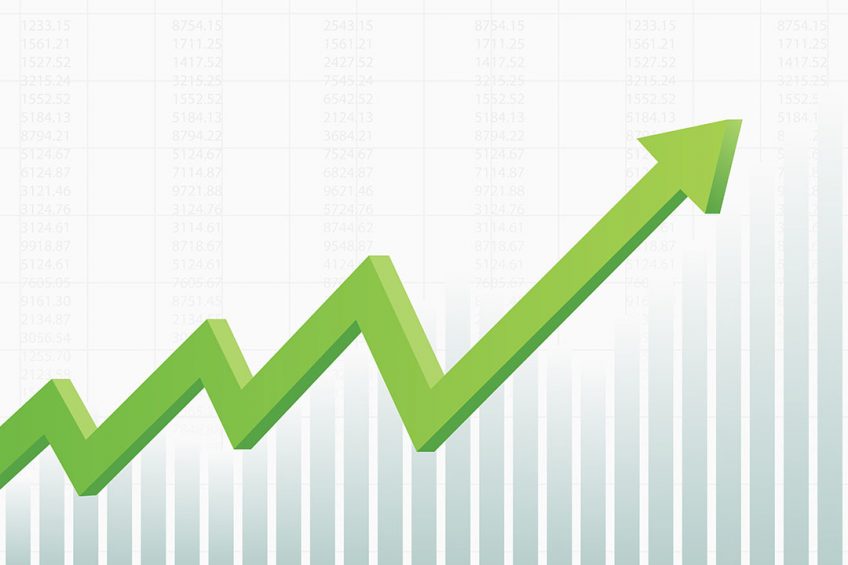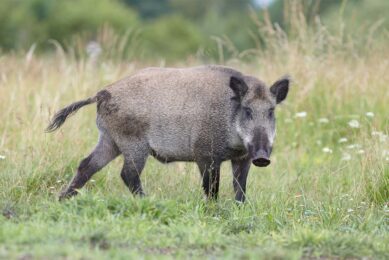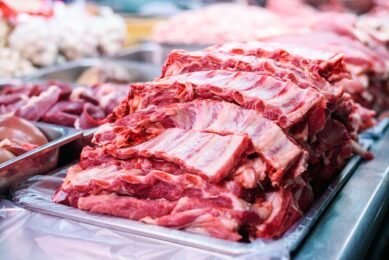Quarterly update: Signs of change in global pork market

Every quarter, pig market expert Dr John Strak takes a look at the situation of global pig trade. The effects of African Swine Fever (ASF) on global pig market situation cannot be denied, leading to prices going up.
In previous issues I have written that 2018 was a time to be cautious and, at the end of 2018/early 2019 I wrote that caution should again be the priority for 2019. Indeed, I characterised the global market for hogs as being a, “glass half empty and that the source of a refill is not obvious.”
Pig prices have jumped in USA and China
In January and February the global market was subdued but in March it seems that some market players have decided that the bartender has arrived to offer drinks all round. Pig prices have jumped in the USA and China and are showing signs of an unseasonal firming in Europe. If you are a speculator or a day trader in the market the global market for pork is now ripe for a bout of price volatility. If you are a farmer, processor, or purchase manager that volatility could make or break you in 2019. I say, don’t throw caution to the wind yet – but there are reasons to suggest that the market may be on the turn.
Figure 1 illustrates how US hog prices have behaved in 2019 compared with previous years. US hog prices started this year in a relatively poor position and then things got worse. In the middle of March things changed – as my first chart shows.
Figure 1 – US daily hog prices, 2015-March 2019 (US$ /cwt dead weight).

Around mid-March those hog prices looked like they had hitched a ride on Elon Musk’s latest rocket launch.
US hog prices well above prices in earlier years
The position as I write is that US hog prices are now well above the prices seen at the comparable point in the calendar in any of the last 4 years. But is this the BBQ season getting off to an early start or is there new information in the market? Figure 1 illustrates this question well.
Figure 2 also presents a helpful perspective. It uses data going back to the year 2010. This chart shows that it isn’t unusual for the US market for hogs to ‘bounce around’. In that sense we might resist calling the current situation as ‘extraordinary’. Relatively large disturbances in the US hog price have been seen in the past and yet the trend line carries on in the same direction.
Figure 2 – US daily hog prices, April 2010-March 2019 (US$ /cwt dead weight).

That said, Figure 1 doesn’t look normal. There isn’t space here to discuss why US hog prices should show such high volatility over long periods of time but we do need to talk about what has just happened if we want to formulate a view about the rest of 2019 – or at least the next 6 months.
Market signals from China’s hog market
We need to talk about China because that market also sent out signals in March that are relevant to the short term outlook for the global market in pork. Figure 3 shows the behaviour of Chinese hog prices (deadweight) and there again we saw a relatively weak market in the latter part of 2018 and in early 2019.
Figure 3 – Chinese hog price 2009-March 2019 (yuan/kg, dead weight, weekly).

A bottom to the market seems to have been established in February and then an up-tick was seen in March. We also see volatility and cyclical behaviour in this market. (Note: all comments about officially reported Chinese data are given with a health warning. These data may not be what they seem to be!).
African Swine Fever as the cause of price hikes
African Swine Fever (ASF) is, of course, the clue to all this and it looks like these markets (US and China) for pigs are being influenced by recent reports from the USDA and other US-based sources that are suggesting big cutbacks in the Chinese hog inventory and big increases in pigmeat imports. These reports deserve some attention. The USDA Foreign Agricultural Service (FAS) report on China that was released in mid-March and is well worth a read.
Read more on African Swine Fever on our special mini-site
The USDA notes that, “African Swine Fever outbreaks continue in China, affecting all aspects of the swine and pork industry… the disease has already taken a toll on China’s swine and pork production for 2019. By the end of 2019, the total swine inventory will be down 13% to 374 million head. Pork production will decrease by 5% to 51.4 million tonnes, with the reduced supply only slightly offset by weakened demand. To cover the domestic supply gap, China will increase pork imports by 33% to 2 million tonnes. While US pork products still face retaliatory Chinese tariffs of up to 6% and process verification requirements, if these are removed, US producers could significantly increase exports to China…”.
Chinese hog and pigmeat production will fall in 2019
There is much more than this in the report but the message is clear. Chinese hog and pigmeat production will fall significantly in 2019, according to the USDA. Note the other message, President Trump’s tariff war with China is a major obstacle to the US pork sector taking advantage of the ASF outbreaks in China.
Other commentators have made even bigger claims than the USDA about the outlook for the Chinese hog sector and the implications for imports of western-produced pigmeat this year. But we do not need to linger on those claims now since reliable data are still hard to find and some commentators have questionable forecasting track records.
Factors that could mitigate the impact of ASF in China
The USDA is transparent about the factors that could mitigate the impact of ASF in China. Amongst these are:
- the extent of private sector stocks of pork and pigmeat and
- the fall in demand for pork as Chinese consumers perceive human health risks form the ASF outbreaks.
These are difficult matters to quantify but on one of analysis the USDA presents some more hard numbers – the shifts in demand and consumption for poultry meat arising from any supply constraints in the Chinese hog sector. The USDA report notes, “China’s 2019 chicken meat production is forecast at 12.65 million tonnes, representing 8% year on year growth. Chinese per capita consumption will increase by an average of 9% in 2019, in part due to food safety concerns related to ASF. Almost daily, Chinese consumers see reports of new outbreaks, or new detections of ASF in processed meat products. Due to unmet domestic demand, 2019 Chinese imports of poultry meat will grow by 32% to 450,000 tonnes with the growth coming primarily from Brazil, Thailand, Poland, and Russia.”
These cross-species substitutions and shifts in demand are a key aspect of assessing the net impact of ASF on the demand for pork in China – and, ultimately, on the global pig price. And they are a reason to be cautious about the prospects for global pig prices.
Read earlier quarterly updates in our Expert Opinion section
Relatively weak hog prices for most exporters in 2018
Hog prices have been relatively weak for most of the major pigmeat exporters in 2018 and, again, started 2019 with a similar trend. Figure 4 illustrates the long term picture for my global pig price index since 2011. There is very little, if any, signal in these data that suggests an upturn in global hog prices is about to happen – but we should be cautious as these data series do not pick up the changes in prices seen in March and discussed above.
Figure 4 – Global pig price cycle: Jan 2011-Feb 2019.

The global pig price index is intended to be a signal of the long term trend and cycle – not a day trader’s crystal ball. The next few months of data will show us if the underlying trend has been affected and, if so, if that marks a shift to an upward phase in the global pig price cycle.
That would be big news. In this column in January I noted that the update to my quarterly report at the end of March 2019 could be, “the critical weathervane for the outlook for global pig prices in 2019”.
It looks like I was right – the wind may be changing.
 Beheer
Beheer








 WP Admin
WP Admin  Bewerk bericht
Bewerk bericht